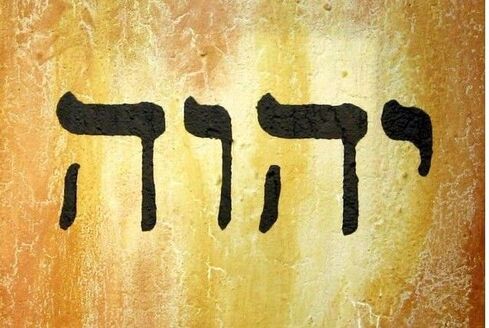The tablet, which is barely larger than a postage stamp, contains an inscription that is believed to be centuries older than any known Hebrew inscription from ancient Israel. The small international team of scientists studying the artifact employed advanced tomographic scans to recover the text, slowly recovering one after another of the artifact’s written letters. When the text had been completely recovered, the textual specialists could tell that the text reads:
Cursed, cursed, cursed – cursed by the God YHW.
You will die cursed.
Cursed you will surely die.
Cursed by YHW – cursed, cursed, cursed.
This “curse text” was found in discarded material from an archaeological excavation on Mt. Ebal near modern Nablus. Significantly, this was the site, according to Deuteronomy 27 and Joshua 8, where the people of ancient Israel were instructed by God to recite curses on those who did not obey the Law of God. As a result, the site became associated with cursing, and numerous artifacts such as the newly translated tablet were left there in ancient times. Joshua 8:30 tells us that Joshua built an altar on Mt. Ebal and the curse tablet was found in the location where Joshua’s altar is believed to have stood and where its possible remains have been found.
But the new text is tremendously important as it may well represent both the oldest known example of written Hebrew, and also the oldest known example of the Hebrew YHW [or YHWH]– the name for God often transliterated as Yahweh. The find, which predates the famous Dead Sea Scrolls by more than a millennium, is so significant because the text seems to date to the Iron Age I or Late Bronze Age periods – around 1200 BC at the latest, and perhaps as early as 1400 BC or earlier. Either way, this is centuries before the oldest previously known Hebrew texts and instances of the name of God in Hebrew outside the Bible.
This fact strongly argues against those who attempt to date the Bible to much later centuries by claiming that the ancient Hebrews were not literate and that the biblical books were probably not written down till around 700 BC. And it is important to stress that the new text is not only Hebrew writing, but also that it is a sophisticated composition written in a carefully balanced “chiastic parallelism” or crossover style found in many of the biblical writings and often said to be a mark of “developed” writing characteristic of later dates.
The date of the earliest Hebrew inscriptions has, in fact, been continuously pushed back in recent years. A nearly 3,000-year-old inscription called the stele of Mesha in which the king of Moab boasts of his victories against the Kingdom of Israel and its god Yahweh, contained the earliest known extra-biblical mention of the God of the Bible for a number of years after its discovery in 1868.
Since then, even older inscriptions have been found. An inscription found in what is today Sudan, in the temple of Soleb dedicated to the Egyptian god Amon-Re and built by the Pharaoh Amenhotep III (1378-1348 BC), has more recently been seen as the oldest known reference to Yahweh, God of Israel.
The new discovery from Mt. Ebal may be older than even the very early Soleb inscription, and continuing study by a wide range of ancient textual specialists will doubtless help to narrow down its date more precisely.


 RSS Feed
RSS Feed
